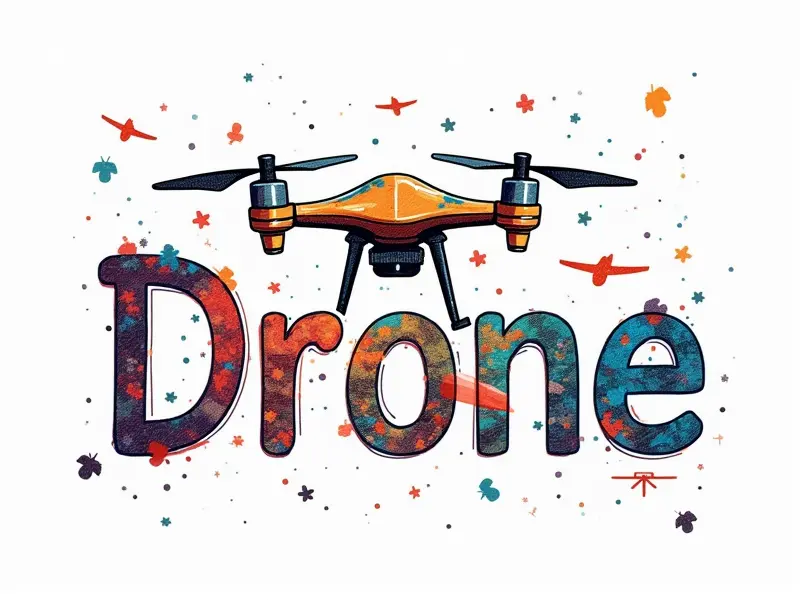What is a transmitter used for?

A transmitter in the context of remote-controlled (RC) devices, such as drones and model airplanes, serves as the primary control interface between the pilot and the aircraft. It enables precise maneuvering through wireless signals sent to the receiver installed on the RC vehicle. This article delves into various aspects of using an RC transmitter effectively.
How to Use a Transmitter for RC Flying
To use a transmitter for RC flying, start by familiarizing yourself with its layout and controls. Ensure that your transmitter is paired correctly with the receiver on your aircraft. Power up both devices and calibrate them according to the manufacturer's instructions.
Mastering Your RC Transmitter Controls
Mastery of your RC transmitter involves understanding each control function, such as throttle, elevator, aileron, and rudder for airplanes or pitch, roll, yaw, and throttle for drones. Practice in safe environments to get comfortable with the controls.
Understanding RC Transmitter Channels Explained
An RC transmitter typically has multiple channels that control different functions of your aircraft. Each channel corresponds to a specific movement or function like steering, throttle, and auxiliary functions. Knowing how many channels you need depends on the complexity of your model.
Top Tips for Using an RC Transmitter
- Charge Batteries: Ensure both transmitter and receiver batteries are fully charged before flying.
- Check Range: Test the range of your transmitter in open areas to avoid signal interference during flights.
- Practice Calibration: Regularly calibrate your transmitter for optimal performance.
Maximize Your Flight Experience with Transmitter
To enhance your flight experience, consider upgrading to a more advanced transmitter that offers features like telemetry data and programmable switches. These enhancements provide real-time information about your aircraft's status and allow you to customize control functions for better performance.
RC Transmitter Basics for New Pilots
New pilots should start with basic transmitters that have fewer channels and simpler controls. Focus on learning the fundamentals of flight dynamics before moving onto more complex models. This approach ensures a smoother transition into advanced flying techniques.
How RC Transmitters Control Drones and Planes
RC transmitters control drones and planes by sending signals to their respective receivers, which then activate servos or motors based on the input from the transmitter. For example, moving the stick forward increases throttle for a plane while tilting it left controls roll for a drone.
Essential Guide to RC Transmitter Functions
The essential functions of an RC transmitter include:
- Throttle Control: Adjusts engine power or motor speed.
- Elevator and Aileron Controls: Manages pitch and roll for airplanes.
- Rudder Control: Directs yaw movement in aircraft.
The Role of Transmitters in FPV Racing Drives
In First-Person View (FPV) racing, transmitters play a crucial role by providing precise control over high-speed drones. Pilots use specialized transmitters with features like adjustable latency and programmable switches to optimize performance during races.
Choosing the Right RC Transmitter for You
Selecting the right transmitter depends on your experience level, type of aircraft, and desired features. Entry-level pilots may opt for simpler models while experienced users might prefer advanced transmitters with more channels and customization options.
Common Mistakes When Using RC Transmitters
- Ignoring Calibration: Failing to calibrate your transmitter can lead to inconsistent control signals.
- Lack of Battery Management: Running out of battery during a flight can be dangerous and costly.
- Misunderstanding Channel Usage: Incorrectly assigning channels can result in improper aircraft operation.
Conclusion
A transmitter is an indispensable tool for RC flying, offering precise control over your aircraft. By understanding its functions and adhering to best practices, you can enhance your flight experience significantly. Whether you are a beginner or an experienced pilot, choosing the right transmitter tailored to your needs will ensure optimal performance and enjoyment.

